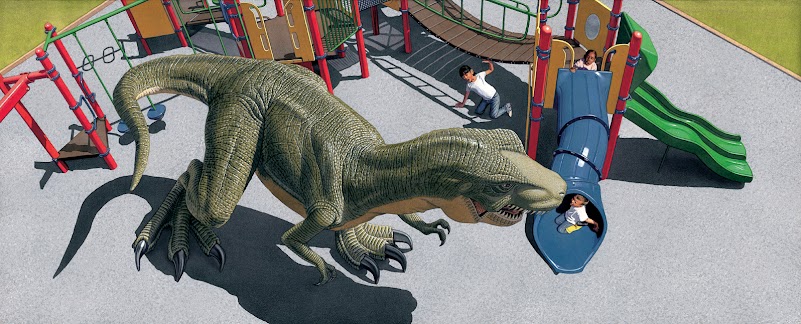The Importance of Exposing Young Children to Wordless Picture Books
On the other hand, whenever we increase the amount of time
and energy spent on one component of learning to read, we risk decreasing the
amount of time spent on equally important components. In his book, The
Reading Mind: A Cognitive Approach to Understanding How the Mind Reads,
cognitive psychologist Daniel Willingham warns us of this phenomenon:
“When we consider reading education, we can’t think about
aspects of reading in isolation. Doing so entails the risk that we’ll change
instruction to improve one aspect of reading and unwittingly worsen another
aspect” (Willingham, 2017, p.10).
Comprehension is one key aspect of reading threatened by an overemphasis
of phonological awareness (noticing and manipulating the sounds in words),
alphabet knowledge, and phonics (mapping sounds onto letters)—motivation is
another one, but I’ll save my thoughts on that one for another post! We simply
cannot afford to neglect comprehension building in the early years. Our
ability to derive meaning from all forms of expression is crucial to our
long-term success, and the early childhood years lay the foundation for deep meaning-making.
Engaging children in making sense of story illustrations is
one viable activity teachers and parents can use to support the development of young
children’s comprehension abilities (Schickedanz
& Collins, 2012). Wordless picture books, specifically, invite children
to carefully consider illustrations and integrate their observations into a
cohesive narrative. Many of the strategies children employ to make sense of
wordless picture books (e.g. searching for information, rereading, cross-checking,
and self-correcting) are the same strategies they will need to make sense of
print (Lysaker
& Hopper, 2015).
Young children who are not yet reading often jump at the
opportunity to “read” the story they create from a wordless book to
others. Children who are beginning to read might be taken aback by this
experience at first—all the more reason to encourage them to regularly engage
with wordless picture books. My five-year-old daughter, Gabi, created the
following (rank-ordered) list of wordless picture books she believes every kid
should “read”:
5.
A Ball for
Daisy by Chris Raschka
I echo her enthusiasm for these titles, but maintain that
there are numerous others equally worthy of devouring. Reading
Rockets offers another (lengthier) list of classics. Gabi also recommends
that kids “read these books with their friends.”
Young children seem to love to build stories from wordless
picture books together. Another benefit of turning a wordless picture book
reading into a group meaning-making exercise is that it allows you to scaffold children’s
understandings as needed. The Visual
Thinking Strategies (VTS;
Yenawine, 2018) method recommends the following open-ended questions for getting
children talking about art:
1.
What’s going on in this picture?
2.
What do you see?
3.
What do you notice?
Yenawine (2018) advises early childhood educators to “listen
carefully to what children mention, point to each observation, and respond to
students by paraphrasing each child’s thoughts” (p.17). Regardless of how you
get them going, children’s regular and careful analyses of story illustrations are likely to serve them well in the short- and long-term.




Comments
Post a Comment